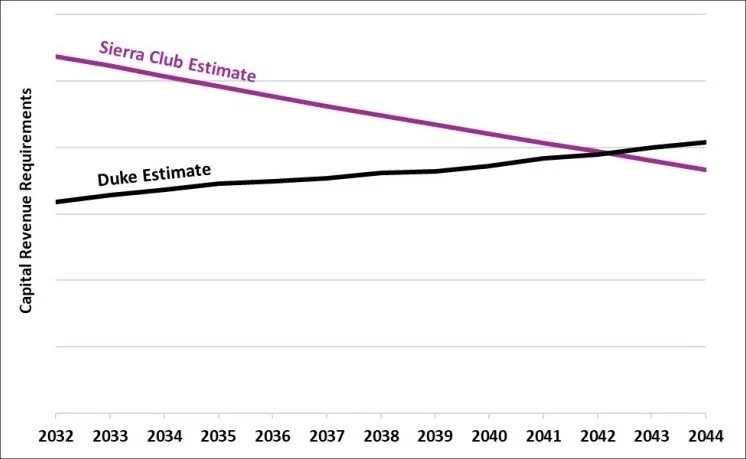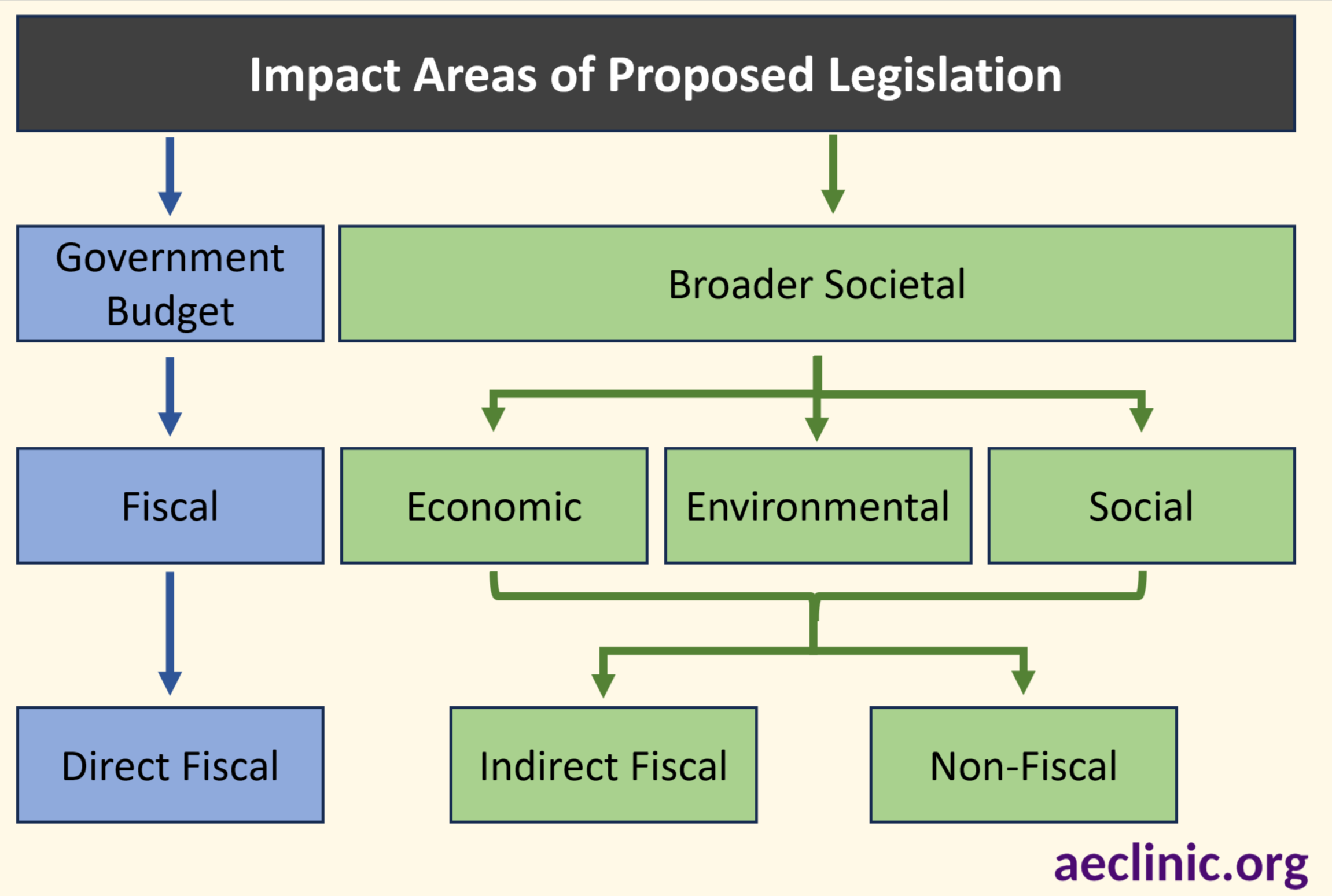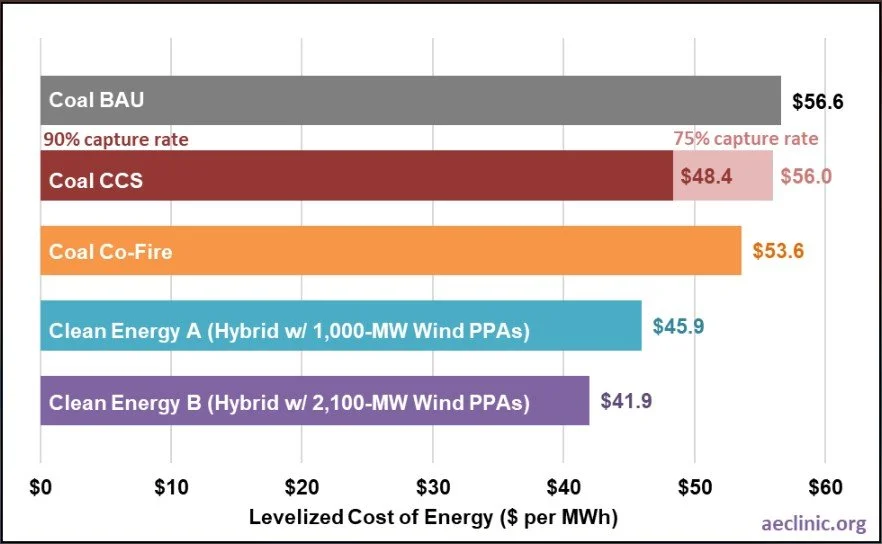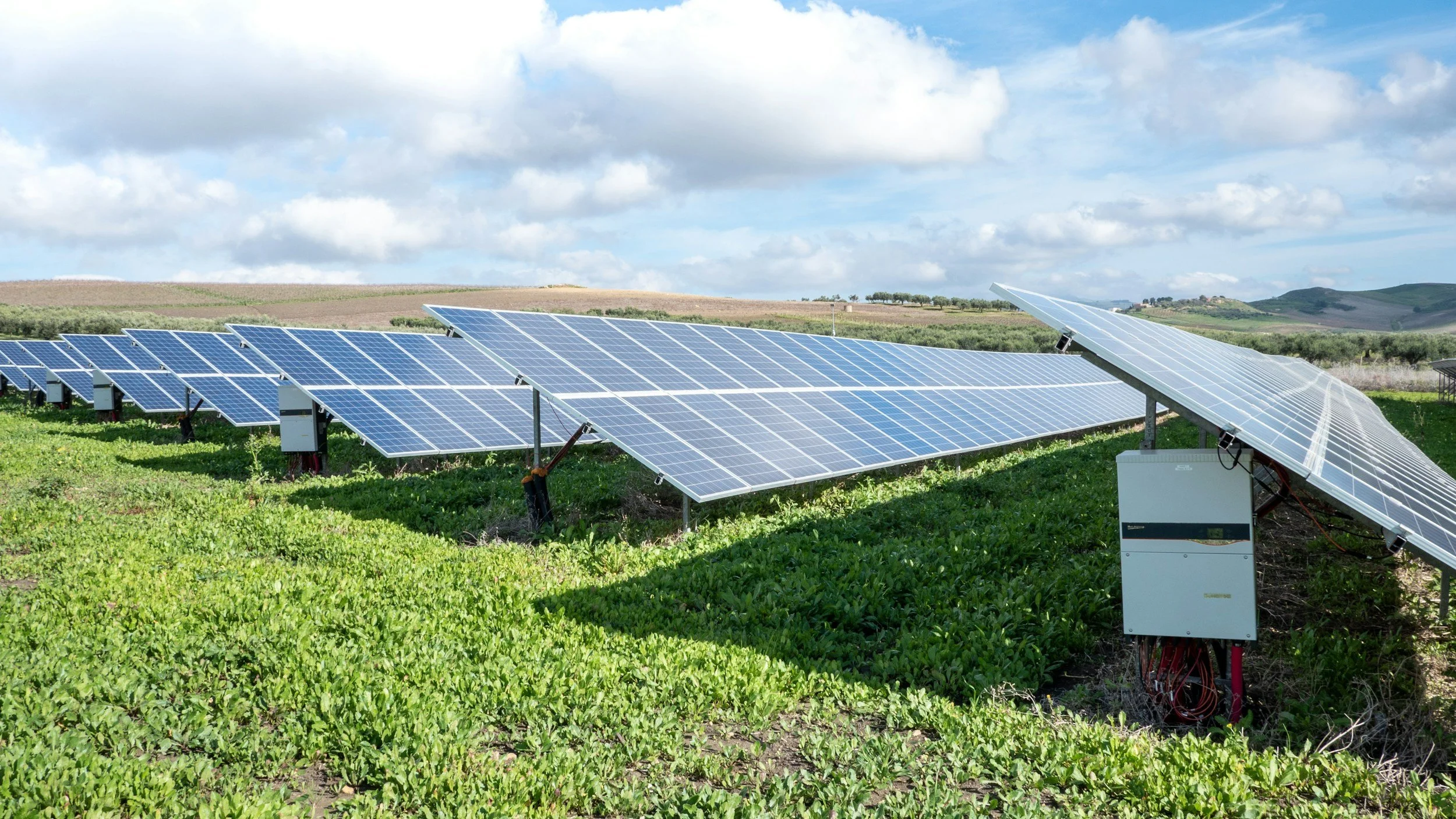Client: Green Energy Consumers Alliance (GECA) and Black Swan Lab
Authors: Sagal Alisalad and Joshua R. Castigliego
December 2025
On behalf of Green Energy Consumers Alliance (GECA) and Black Swan Lab, Researcher Sagal Alisalad and Senior Researcher Joshua R. Castigliego prepared a white paper analyzing the near-term operational costs of heating for an average Massachusetts household using thermal energy networks compared to gas furnaces. AEC examined two seasonal heat pump rate scenarios for thermal energy networks with a range of efficiency levels from a coefficient of performance (COP) between 6 and 8: (1) HP 1.0: Massachusetts Department of Public Utilities (DPU)-approved seasonal heat pump rates, and (2) HP 2.0: Massachusetts Department of Energy Resources (DOER)-proposed seasonal heat pump rates. The analysis highlights thermal energy networks as the far more cost-effective and energy-efficient choice for an average-sized, average-energy-use household.

















